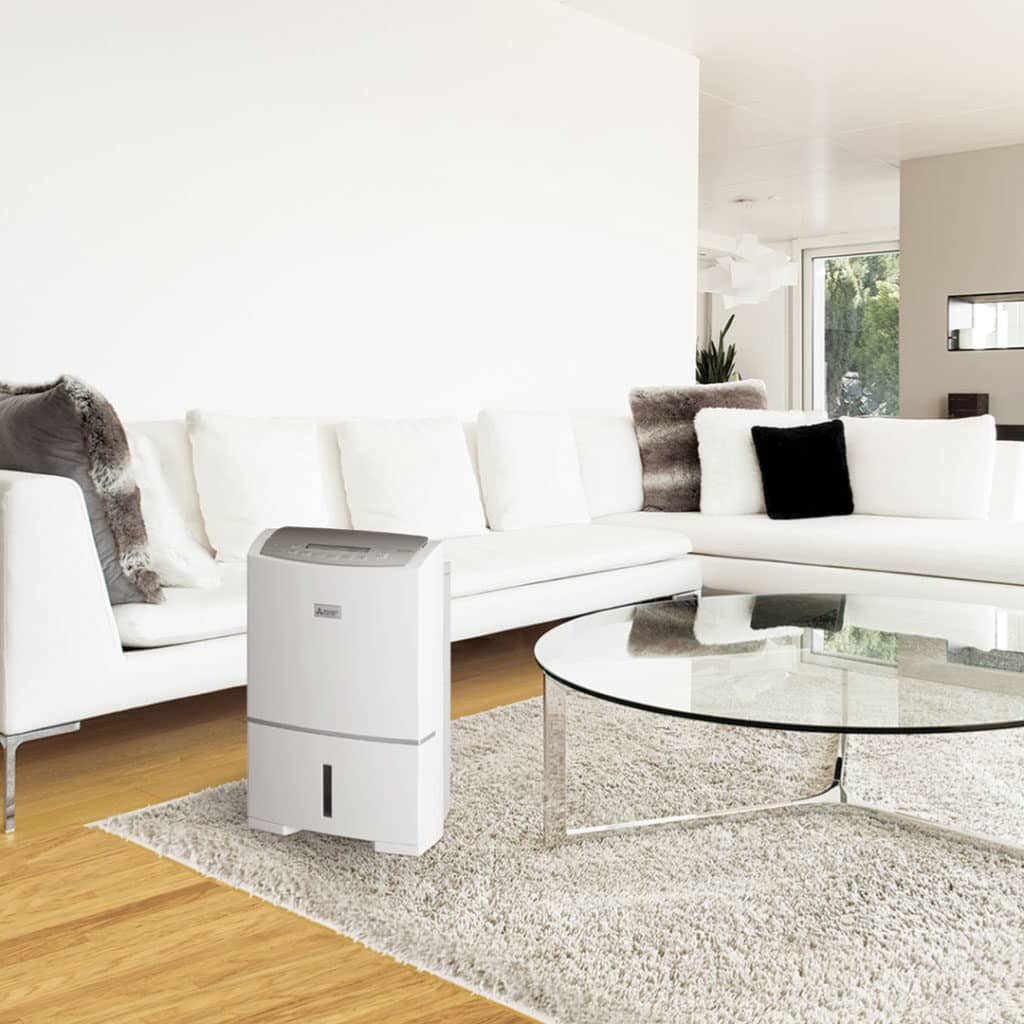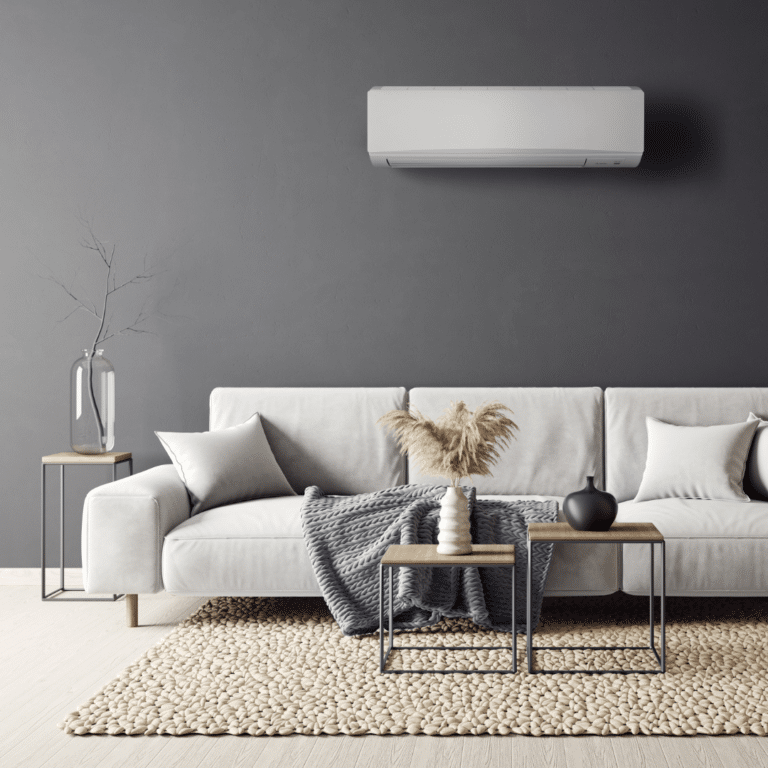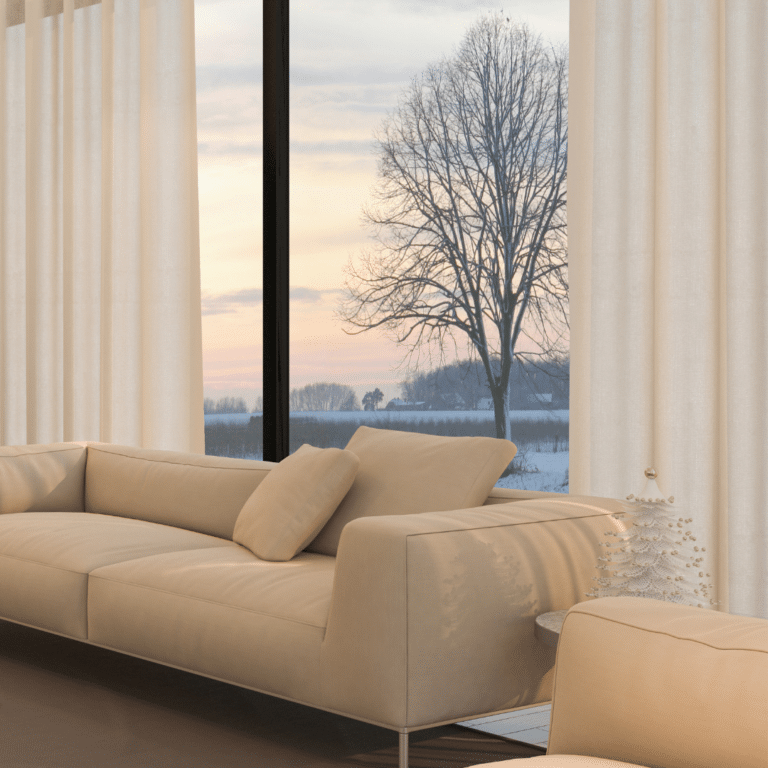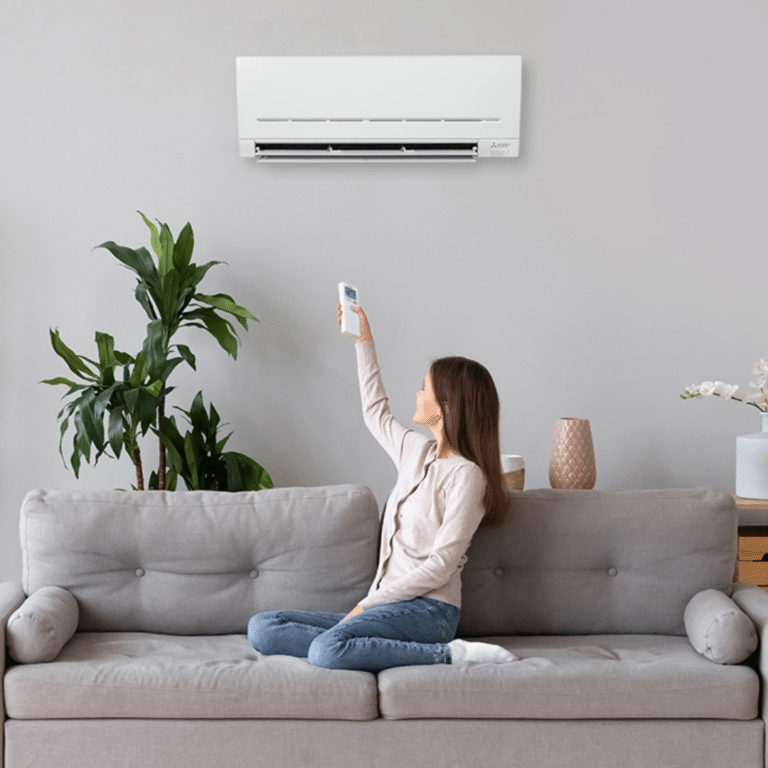It doesn’t matter where you live; high moisture levels in the form of humidity or condensation can be a problem in many homes. When moisture builds up in wardrobes, laundries or within your walls, it can cause annoying smells, damage your belongings, and even affect your health*1.
Dehumidifiers are designed to remove excess moisture from the air and maintain a comfortable humidity level in your home, helping to prevent mould. That is why many people rely on a dehumidifier. But which features are the most important to consider when buying one for your home?
Moisture removal capacity
A dehumidifier works by pulling moisture-filled air into the unit; the moist air condenses into water droplets, which are collected in the water tank. The water tank then needs to be emptied, or it can be externally piped into a drain.
The number of litres the dehumidifier can extract per day should be one of the most important considerations when buying. The higher number of extracted litres, the more effective it will operate within your home. Typically, dehumidifiers can remove between 20-30 litres of water per day. But some models, such as the Mitsubishi Electric EV38HR, can dehumidify up to 38 litres of moisture*2 per day inside your home.
To use your dehumidifier continuously or unattended, a permanent drainage option is a necessary feature to consider. Bypassing the drainage tank by removing the water collected with a hose and draining it outside eliminates the need to check and empty the tank and allows the unit to run continuously.
Mobility
Suppose your dehumidifier is needed in different parts of the house. In that case, it’s essential that it be easy to move and carry. Convenient features to make this easier can include four 360o wheels, a carry handle or cord storage box.
Energy Efficiency
Being energy efficient is essential for the environment and your electricity bills. Look for models which are inverter operated. Inverter technology constantly adjusts the power and running speed of the compressor according to the humidity level in the air, resulting in a more efficient and quieter operation.
Added features like Automatic Eco Mode, which allows you to set your desired humidity level and uses an automatic start and stop function when that level is reached, can be more energy efficient as it prevents the dehumidifier from constantly running when not needed.
Laundry Mode
One of the more useful features of a dehumidifier is its ability to help dry the laundry indoors, which is convenient for delicate fabrics and shoes which can’t go into the dryer. Some dehumidifiers, like the Mitsubishi Electric EV38HR, offer an Intelligent Laundry Mode that can monitor the humidity in the room and control the airflow rate, estimating the laundry drying time and stopping automatically when the clothes are dry.
Air purification
Having the ability to use your appliances for more than one use is always convenient. Some dehumidifiers feature an air purification mode, like the Mitsubishi Electric EV38HR, which has a pre-filter and two-layer PM2.5 filter to remove common fine particles and dust from the air while dehumidifying your home at the same time.
The Mitsubishi Electric EV38HR Dehumidifier offers many useful features to help with some of the moisture issues in your home. For more information, go to our dehumidifier page.
*1 https://www.health.nsw.gov.au/environment/factsheets/Pages/mould.aspx
*2 Mitsubishi Electric EV38HR-A measured at room temperature 30°C / Relative Humidity 80%




